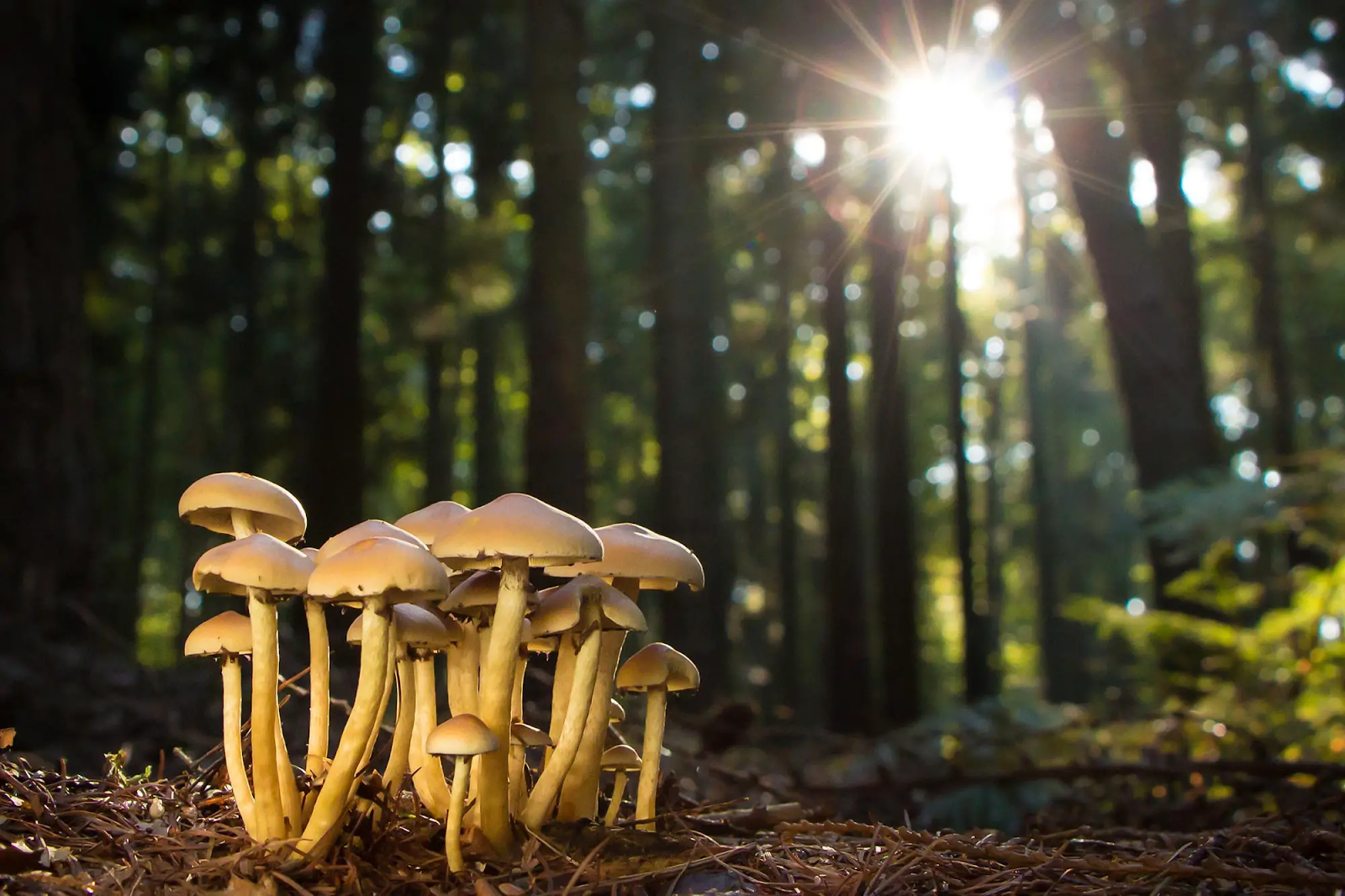"Scientists in the journal Nature Ecology & Evolution challenge three commonly held beliefs regarding the abilities of common mycorrhizal networks (CMNs), which are underground fungi that link the roots of multiple plants". (ScitechDaily.com/Wood-Wide Web: Do Forest Trees Really “Talk” Through Underground Fungi?)
When we talk about the communication between vegetables, fungi, and animals, we must realize that many times. Many things are oversimplified. We know that animals eat vegetables. But we forget that some vegetables eat animals. Some good-looking berries and fruits involve deadly poisons.
The purpose of those poisons is to protect the vegetable. But if somebody eats those things that animal dies. That thing brings more nutrients to those vegetables.
Evolution affects trees and vegetables like it affects animals. And things like rustling leaves offer good protection from predators like snakes. The sound from those leaves covers the sound of a coming predator. And that thing benefits trees.
In that case evolution model says that natural selection favors the rustling leaves. So in that case predators and trees are cooperating. Things like fungi can transmit some kinds of signals from trees. And the thing is that the trees and vegetables can transmit information to each other. Pollen and spores can theoretically act like neurotransmitters.
A couple of years ago researchers noticed. Trees and fungi are sending infrasound. That infrasound is suspected to be some kind of call signal to fungi or vegetables.
But there is a small possibility that some animals. Like reptiles can hear that infrasound. Somebody suggested that the infrasound forms when trees and fungi are growing. But if animals can benefit from that sound there is the possibility that the interaction between animals and vegetables is more complicated than we expect.
In some models, the chemical qubit is the bacteria or virus, where information is stored in DNA form. Same way pollen and spores can theoretically carry information. That can transfer to the animal's nervous system.
The bacteria or virus can transmit information to the animal's nervous system by using electric impulses that it creates in its cilium. The fact is that we don't know much about the interactions between animals and vegetables.
We know that some fungi and vegetables form psychoactive chemicals like psilocybin. Those psychoactive causes hallucinations. And that means that those creatures can affect to animal's nervous system. The existence of that thing is interesting. Why fungi and vegetables are making that kinds of chemicals?
We know that there are no unnecessary species. And we know that no species make things without purpose. Why do some fungi and vegetables create hallucinogens?
https://scitechdaily.com/wood-wide-web-do-forest-trees-really-talk-through-underground-fungi/
Have you heard about "Metsänpeitto"? (lit. forest's cover) From Finnish folklore.
By the way in Finnish folklore is a thing called "Metsänpeitto". There is a possibility. That fungi spore or another thing affects the nervous system and causes this phenomenon. Maybe there is some spore that creates psilocybin.
If some kind of spore can send electric or chemical impulses to the nervous system impacts to odor coil. That thing can cause bad hallucinations. The reason why the fungus is creating psilocybin is a mystery. And we know the interaction between animals and vegetables. Along with fungi. Is more complicated than we ever imagined.
https://en.wikipedia.org/wiki/Mets%C3%A4npeitto
https://shorttextsofoldscholars.blogspot.com/





No comments:
Post a Comment
Note: Only a member of this blog may post a comment.